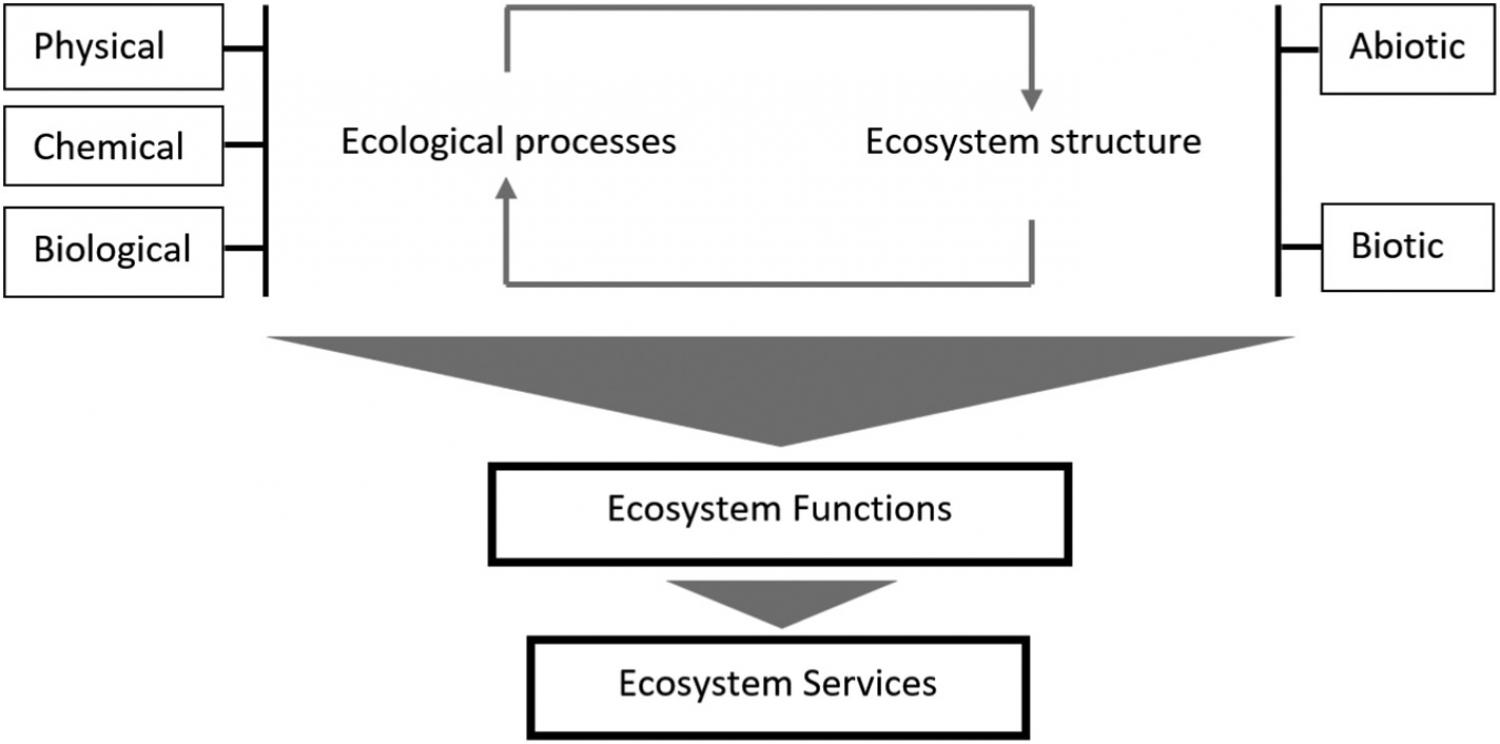
This paper aims to contribute to the limited understanding and recognition of soil ecosystem services (SoES) in spatial planning. In light of its critical role in climate crises and due to its global degradation, soil has drawn considerable attention in the recent global agenda. As one of its vital services, soil serves as a terrestrial carbon pool, which significantly contributes to offset greenhouse gas emissions in the atmosphere (EEA, 2012). The capacity of soil in climate change mitigation and in the provision of ecosystem services can be enhanced and safeguarded by integrated spatial planning strategies. However, due to limited political attention and fragmented frameworks on land and soil management, anthropogenic pressures on soil are reaching critical limits and causing soil degradation. In this context, the paper underlines the interconnectedness of SoES, climate change and spatial planning and discusses their multifaceted interactions through a hypothetical framework based on the Nexus approach. Herein, the paper aims to (i) develop an outline for classification of SoES; (ii) analyze background dynamics of soil degradation interacting with climate change; (iii) discuss recent policy frameworks referring to soil protection and SoES; (iv) propose measures for possible integration of SoES into spatial planning through SoES-Climate Change-Spatial Planning Nexus.
